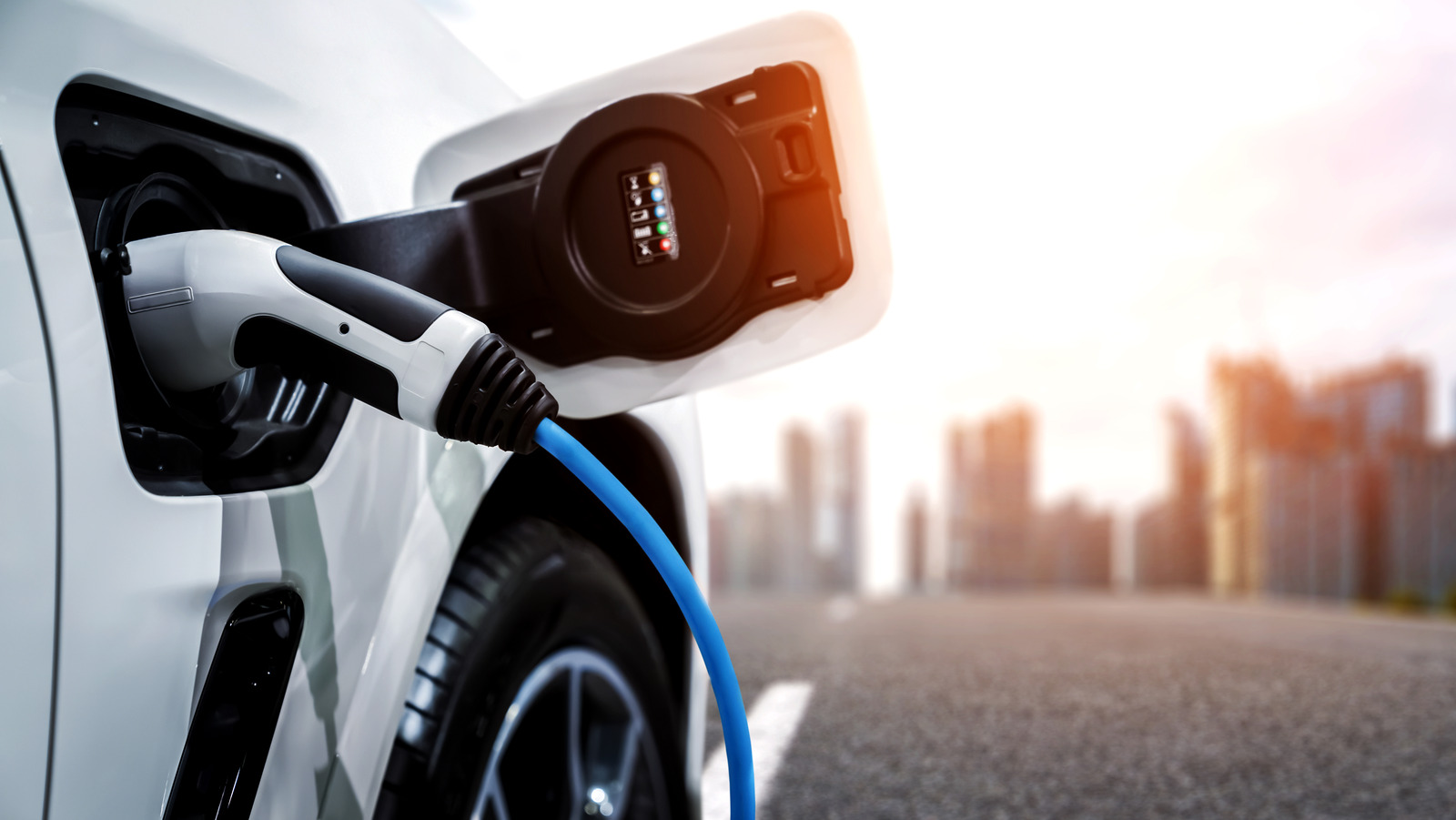
Few people consider the government to be their friend. Most individuals view the government with cynicism and suspicion, convinced that it does nothing but make life harder for the common person.
Governments – by their very definition – are powerful entities with the authority to impact and influence our lives. With this in mind, it’s easy to see why so many folks have a less-than-admirable perception of the state.
However, governments are also one of the few entities with enough power and influence to initiate meaningful change for the greater good. One example in which this is true is the ongoing effort to expand electric vehicle charging infrastructure in preparation for EVs becoming the standard mode of automotive transportation.
Let’s take a look at how six different governments around the world are leading the way when it comes to helping expand EV charging infrastructure and pave the way for a future where the majority of cars on the road are electric:
California
While just one of 50 states, California’s gross domestic product is so immense it would have the fifth largest economy in the world if it were its own country. California also has the largest EV market in the US, with over 800,000 EVs on the road. That gives the Golden State enough pull to build EV charging stations and initiate additional EV infrastructure expansion in such a way that it sets the standard for the entire United States. The state has implemented various policies to promote EV adoption, including the Zero Emission Vehicle (ZEV) program, which requires automakers to produce a certain percentage of zero-emission vehicles. California has also provided various incentives such as rebates, HOV lane access, and reduced registration fees for EV owners.
China
Due to its enormous population and the subsidies offered to those who purchase electric vehicles, China is home to the world’s largest EV market. As a result, the Chinese government is under enormous pressure to expand its EV charging infrastructure. The country plans to have nearly 5 million charging points available nationwide by late 2025. To achieve this, China does what it does best: use state-controlled resources to expedite the process faster than what is feasible in countries where the government has less control over its citizens.
Germany
The German government wants as many as 10 million EVs on the road by the end of the decade. It’s a seemingly ambitious benchmark, but one must remember that Germans rarely say they plan to do something without having a determined way to follow through. The scheme involves offering up to €9,000 for EV buyers, vehicle tax exemptions, and access to bus lanes during certain times of the day. The German government is also investing €3 billion to build EV charging infrastructure across the country.
India
The government of India wants EVs to represent one-third of new car sales by 2030. It’s an ambitious goal, one that’s achieved through various means. For instance, the government offers a ₹150,000 purchase incentive for EV buyers. They also provide tax incentives. But the country needs many more charging stations to keep these EVs from becoming very expensive paperweights. As a result, India plans to install 69,000 EV charging stations across the country by 2025.
Norway
The efforts made by the Norwegian government to expedite EV ownership rates are relatively extreme. It starts with plans to ban the sale of new gas-powered vehicles by 2025. In order to ensure the country is ready for that transition, Norway is implementing several incentives, such as tax exemptions, import duty waivers, and providing free EV charging options. It’s no surprise that Norway has the highest EV adoption rate in the world.
United Kingdom
Like Norway, the United Kingdom is planning to ban the sale of new petrol vehicles and diesel automobiles. The only difference is their plan gives its citizens five extra years to prepare. To achieve this goal, the government has implemented various policies to promote EV adoption, including a grant of up to £2,500 for EV purchases, exemptions from vehicle taxes, and access to bus lanes for EVs. The government has also invested £500 million to build EV charging infrastructure across the country.
The playbook remains fairly unchanged from one government to another: set a target date for the end of new ICE vehicle sales, offer EV purchase incentives, and utilize their resources and power to build the EV infrastructure required to support millions of EVs on the road at once.

Leave a Reply